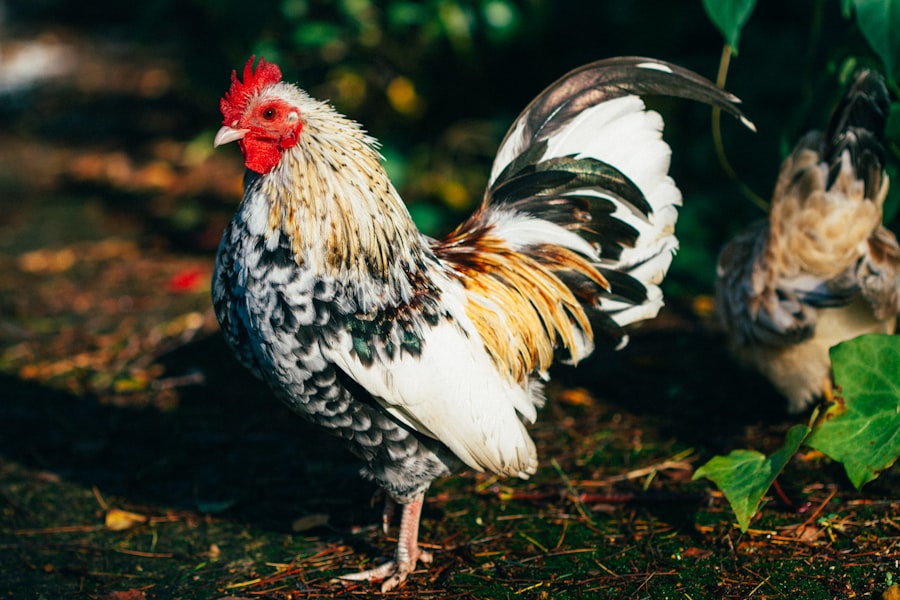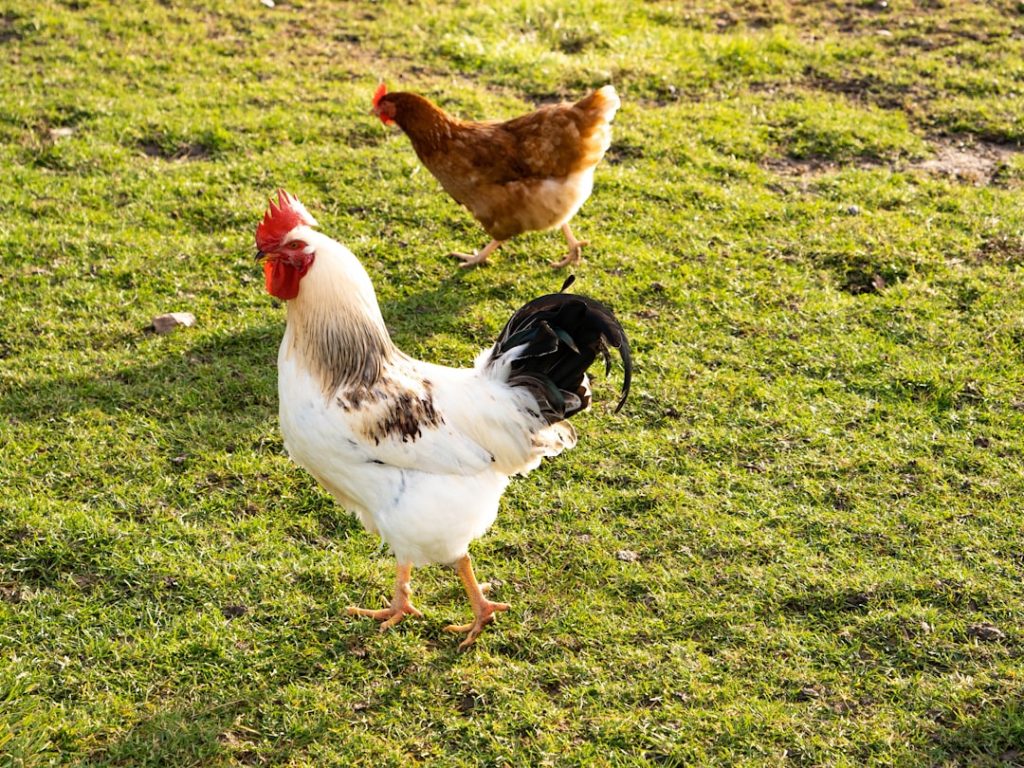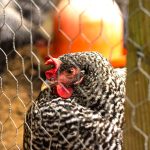Understanding feline behavior is essential for maintaining their health and well-being. Excessive grooming in cats is a concerning behavior that pet owners should be aware of. This behavior involves cats grooming themselves to the point of causing harm, such as hair loss, skin irritation, or self-inflicted wounds.
While grooming is a natural behavior for cats to maintain cleanliness and fur health, excessive grooming can indicate underlying issues. Excessive grooming may be a sign of stress or anxiety in cats. Similar to how humans might engage in nervous habits, cats may use excessive grooming as a coping mechanism for emotional distress.
It is important to assess the cat’s environment and overall behavior to determine if stress or anxiety could be contributing factors. Additionally, excessive grooming can be indicative of underlying medical conditions. These may include allergies, skin disorders, or parasitic infestations.
To properly understand and address excessive grooming in cats, pet owners should observe their cat’s grooming habits, monitor overall behavior, and consider potential underlying causes. If concerned, consulting with a veterinarian is recommended to rule out medical issues and develop an appropriate treatment plan.
Table of Contents
- 1 Possible Causes
- 2 Health Concerns
- 3 Environmental Factors
- 4 Behavioral Solutions
- 5 Nutritional Considerations
- 6 Seeking Veterinary Advice
- 7 FAQs
- 7.1 What does it mean when chickens keep laying on their side?
- 7.2 What are some common reasons why chickens lay on their side?
- 7.3 What should I do if I notice my chickens laying on their side?
- 7.4 How can I prevent my chickens from laying on their side?
- 7.5 Can laying on their side be a sign of egg binding in chickens?
Key Takeaways
- Cats may exhibit aggressive behavior due to fear, stress, or territorial issues
- Possible causes of aggressive behavior in cats include past trauma, lack of socialization, or medical conditions
- Aggressive behavior in cats can lead to injuries for both the cat and their owners
- Environmental factors such as overcrowding or lack of stimulation can contribute to aggressive behavior in cats
- Providing a safe and enriched environment, along with positive reinforcement training, can help address aggressive behavior in cats
- Nutritional considerations, such as providing a balanced diet and avoiding food aggression, can impact a cat’s behavior
- Seeking veterinary advice is crucial to rule out any underlying medical issues and to develop a comprehensive behavior modification plan
Possible Causes
Stress and Anxiety
Cats are sensitive animals that can easily become stressed by changes in their environment, such as moving to a new home, the introduction of a new pet, or changes in their routine. This stress can manifest in excessive grooming as a coping mechanism.
Medical Issues
Medical issues such as allergies or skin conditions can also lead to excessive grooming in cats. Cats may excessively groom themselves in an attempt to alleviate itching or discomfort caused by these conditions. Additionally, parasites such as fleas can also lead to excessive grooming as cats try to relieve the irritation caused by the parasites.
Environmental Factors
Environmental factors can also play a role in causing excessive grooming in cats. Boredom or lack of stimulation can lead to excessive grooming as a way for cats to occupy themselves. Similarly, conflicts with other pets in the household can cause stress and lead to excessive grooming. It’s important to consider all possible causes when trying to understand why a cat may be exhibiting this behavior, as addressing the root cause is crucial for finding an effective solution.
Health Concerns

Excessive grooming in cats can lead to several health concerns, both physical and psychological. Physically, excessive grooming can result in hair loss, skin irritation, and even self-inflicted wounds. Cats may groom themselves so excessively that they cause damage to their skin, leading to open sores and potential infections.
Additionally, ingesting excessive amounts of fur during grooming can lead to hairballs, which can cause digestive issues and discomfort for the cat. Psychologically, excessive grooming can be a sign of underlying stress or anxiety, which can have long-term effects on the cat’s mental well-being. It’s important for pet owners to address excessive grooming in cats promptly to prevent these health concerns from escalating.
Seeking veterinary advice is crucial to rule out any underlying medical issues that may be contributing to the behavior. Additionally, providing environmental enrichment and addressing any potential sources of stress can help alleviate the psychological factors contributing to excessive grooming. By addressing both the physical and psychological aspects of this behavior, pet owners can help ensure the overall health and well-being of their cats.
Environmental Factors
Environmental factors play a significant role in a cat’s behavior, including excessive grooming. Cats are sensitive animals that thrive in a stable and enriching environment. Changes in their environment, such as moving to a new home, the addition of a new pet, or changes in their routine, can lead to stress and anxiety, which may manifest as excessive grooming.
Additionally, conflicts with other pets in the household can create a tense environment for the cat, leading to stress and potentially excessive grooming as a coping mechanism. Providing a stimulating and enriching environment for cats is crucial for preventing excessive grooming. This includes providing plenty of opportunities for play and exercise, as well as creating safe spaces for the cat to retreat to when they need some alone time.
Additionally, maintaining a consistent routine and minimizing changes in the environment can help reduce stress and anxiety for cats. By addressing environmental factors and creating a stable and enriching environment for cats, pet owners can help prevent excessive grooming and promote overall well-being for their pets.
Behavioral Solutions
Addressing excessive grooming in cats requires understanding the underlying behavioral factors contributing to this behavior. Providing environmental enrichment is crucial for preventing excessive grooming. This includes providing plenty of opportunities for play and exercise, as well as creating safe spaces for the cat to retreat to when they need some alone time.
Additionally, maintaining a consistent routine and minimizing changes in the environment can help reduce stress and anxiety for cats. Another behavioral solution is providing mental stimulation for cats through interactive toys and activities. This can help prevent boredom and provide an outlet for excess energy, reducing the likelihood of excessive grooming as a way for cats to occupy themselves.
Additionally, positive reinforcement training can be used to redirect the cat’s behavior away from excessive grooming towards more appropriate activities.
Nutritional Considerations

The Importance of a Balanced Diet
A diet that lacks essential nutrients can lead to skin issues and itching, causing cats to groom excessively in an attempt to alleviate their discomfort. This highlights the importance of providing a balanced and nutritious diet to maintain healthy skin and coat.
Key Nutritional Requirements
To support healthy skin and coat, a cat’s diet should be rich in protein, essential fatty acids, vitamins, and minerals. Additionally, ensuring that the cat stays properly hydrated is crucial for maintaining healthy skin and coat.
Supporting Overall Health
By addressing nutritional considerations and providing a balanced diet, pet owners can help support their cat’s overall health and potentially reduce the likelihood of excessive grooming.
Seeking Veterinary Advice
When addressing excessive grooming in cats, seeking veterinary advice is crucial for ruling out any underlying medical issues that may be contributing to this behavior. A veterinarian can conduct a thorough examination of the cat to determine if there are any medical issues such as allergies, skin conditions, or parasites that may be causing discomfort and leading to excessive grooming. Additionally, they can provide guidance on potential treatment options or management strategies based on the underlying cause.
In some cases, medication or topical treatments may be necessary to address any medical issues contributing to excessive grooming. Additionally, a veterinarian can provide recommendations for environmental enrichment and behavioral solutions based on the specific needs of the cat. By seeking veterinary advice, pet owners can ensure that they are addressing all potential factors contributing to excessive grooming and providing the best possible care for their cats.
In conclusion, understanding the behavior of excessive grooming in cats involves observing their grooming habits, monitoring their overall behavior, and considering any potential underlying issues that may be contributing to this behavior. Possible causes include stress or anxiety, medical issues such as allergies or skin conditions, parasites, boredom or lack of stimulation, and conflicts with other pets in the household. Excessive grooming can lead to several health concerns, both physical and psychological, so it’s important for pet owners to address this behavior promptly.
Environmental factors play a significant role in a cat’s behavior, including excessive grooming, so providing a stable and enriching environment is crucial for preventing this behavior. Behavioral solutions include providing environmental enrichment, mental stimulation through interactive toys and activities, and positive reinforcement training. Nutrition also plays a crucial role in a cat’s overall health and well-being, so ensuring they receive a balanced diet is essential for maintaining healthy skin and coat.
Finally, seeking veterinary advice is crucial for ruling out any underlying medical issues that may be contributing to excessive grooming and receiving guidance on potential treatment options or management strategies based on the specific needs of the cat.
If you’re concerned about your chickens laying on their side, it may be a sign that they are too cold. Ensuring that your chicken coop is properly insulated and heated can help prevent this issue. Check out this article on how to insulate a chicken coop for tips on keeping your chickens warm and comfortable. Additionally, you may want to consider the best type of coop for your chickens, which you can learn more about in this article on what kind of coop is best for chickens.
FAQs
What does it mean when chickens keep laying on their side?
Laying on their side can be a sign of illness or injury in chickens. It could indicate a range of issues such as egg binding, respiratory problems, or neurological issues.
What are some common reasons why chickens lay on their side?
Some common reasons why chickens lay on their side include egg binding, respiratory infections, Marek’s disease, or other neurological issues. It could also be a sign of injury or weakness.
What should I do if I notice my chickens laying on their side?
If you notice your chickens laying on their side, it’s important to carefully observe their behavior and look for any other symptoms of illness or injury. It’s best to consult a veterinarian who specializes in poultry to determine the cause and appropriate treatment.
How can I prevent my chickens from laying on their side?
To prevent chickens from laying on their side, it’s important to provide a clean and safe environment for them. Regular health checks, proper nutrition, and access to clean water are also essential for maintaining the overall well-being of your chickens.
Can laying on their side be a sign of egg binding in chickens?
Yes, laying on their side can be a sign of egg binding in chickens. Egg binding occurs when a hen is unable to lay an egg, which can be a life-threatening condition if not addressed promptly. If you suspect egg binding, it’s important to seek veterinary care immediately.
Meet Walter, the feathered-friend fanatic of Florida! Nestled in the sunshine state, Walter struts through life with his feathered companions, clucking his way to happiness. With a coop that’s fancier than a five-star hotel, he’s the Don Juan of the chicken world. When he’s not teaching his hens to do the cha-cha, you’ll find him in a heated debate with his prized rooster, Sir Clucks-a-Lot. Walter’s poultry passion is no yolk; he’s the sunny-side-up guy you never knew you needed in your flock of friends!







